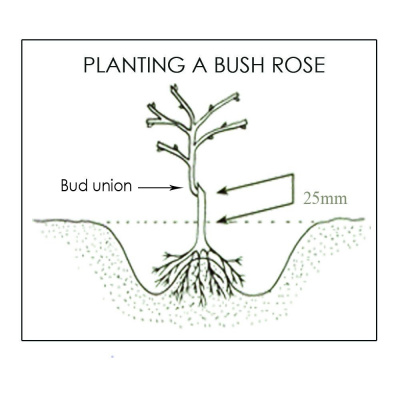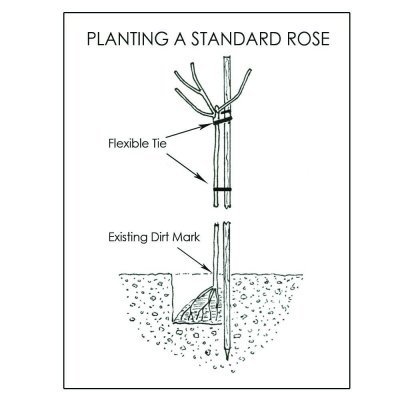Why bare root?
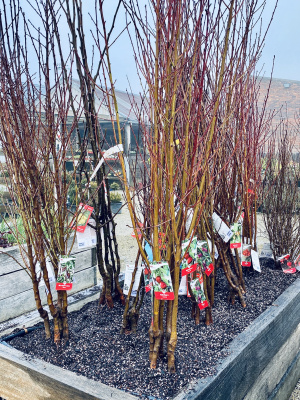
As the cool of winter sets in with the frosty mornings and days where fog doesn't lift, we are often left uninspired about what we can do in our gardens. These cool days are infact the best time to be in your garden planning and planting for the coming Spring! Winter is the perfect time to be planting bare root fruit trees and roses, but why should we consider bare root?
Buying bare root has many lesser known benefits! Buying trees and roses bare root is first and foremost much more cost effective, saving on the added costs incurred by the retailer. They are not bagged or potted making them easier to take home and plant straight into your garden! You aren't paying for the service of having your tree bagged, potted or cared for by the retailer.
You can also be more selective in choosing your new tree. Buying bare root is buying when there is the best selection meaning you can best pick for your area, multiple or grove plantings, or even planning espalier designs.
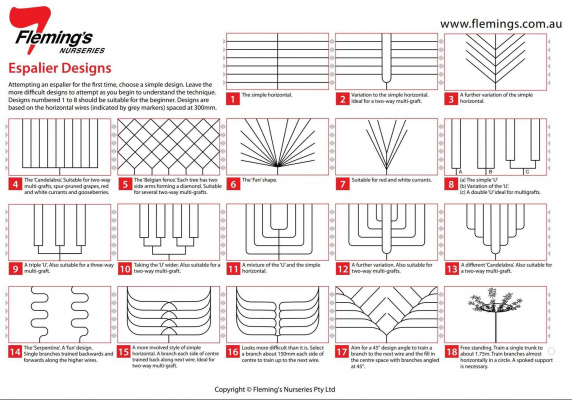
But what about planting your bare tree? Firstly, congratulations on your purchase! The first matter you need to address is pruning your tree, our propagator Fleming's Nurseries, suggests pruning the tree by 30 - 50% to give it the best start and so it grows well in spring.
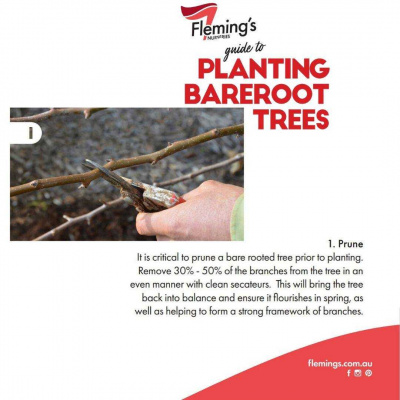
Why do we prune? When bare root trees are uprooted by 'diggers', the process leaves around half of the root system behind but the tree has its entire top. Fleming's also suggest to not be too overly concerned with which bud you are pruning back to or if a branch is pointing in the right direction, you simply need to prune back around half of the tree. An easy way to do this is using the first branch you prune as a 'yard stick' to make pruning the other branches easy.
The next step is to prepare your hole! Digging a hole one-and-a-half times the size of the root system allows for comfortable space for the roots to establish. Putting a shovel full of dirt back into the hole before putting your tree in gives a soft bed for the roots to sit on. Never put fertilizer in direct contact with roots! This will burn roots and damage the tree and hinder growth at such a critical stage.
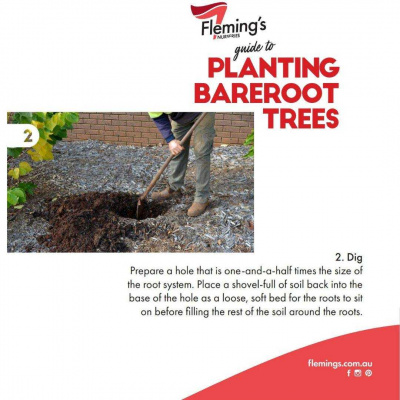
Next you should plant your tree to the soil level. Gently grazing the rootstock will reveal a colour change. This colour change will serve as an indicator of what depth you should plant your tree. It is really critical to not plant your tree deeper then this point as you will risk shock, rot, and loss of your tree. Once you have comfortably bedded your tree in the ground, lightly pack the soil around the roots with your foot or hands. The soil should be firm enough to reduce the number of airpockets in the soil, but not too firm.
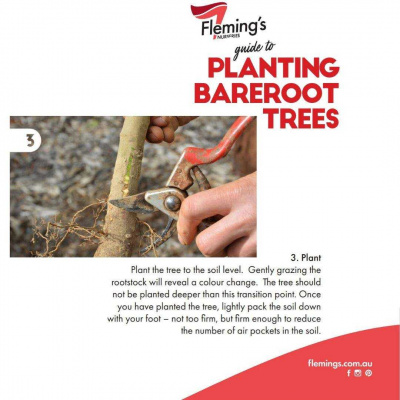
Congratulations! You have just planted your bare rooted tree! The last few steps involve some water and a handful of a good quality fertiliser. You may even like to think about mulching options to aid in water retention in preparation for the Summer months, but who's wishing winter away that quickly?!
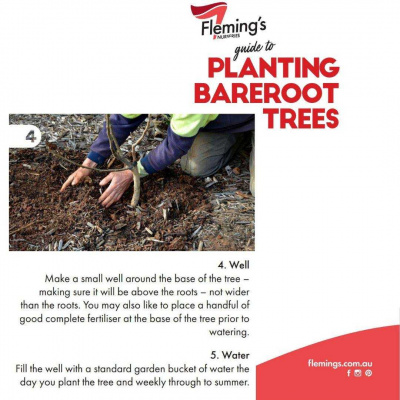
When planting roses however, although they can be treated similar to bare rooted trees, there are a few other things to consider! When buying bagged or bare root roses, its important to follow these few key pointers from our propagators Treloar Roses.
- Make sure your ground is well watered before planting.
- Don't allow roots to dry out at any stage of planting
- Don't add fertiliser until your roses begin to establish; ie Spring
- Don't use any form of herbicide/weedicides in ground preparation or near the roses at any stage
Treloar's suggest when you have purchased your bagged or bare root roses to unwrap them from the plastic and place the roots in plain water for at least 24 hours prior to planting; DO NOT LET THE ROOTS DRY OUT. Plant your roses as soon as you are able after soaking. If you purchase roses before you have prepared your ground it is suggestible to 'heel' them in.
Being conscious of your planting position for your roses when planning your garden is key, for diseases resistance they require 6 hours of direct sunlight, preferably even more. If you are planting into ground that has had old roses removed it is suggestible to replace the soil with fresh, quality loam. We have an improved soil blend at the yard in Longford which roses have shown their liking to and has many other benefits to its use.
- When planting roses, dig your hole around 30cm wide by 25cm deep with a small mound in the middle to place the roots in an outward position.
- Water your rose before covering the roots, firming down lightly creating a moat. The graft or bud union should be 25mm above ground level.
- Water your rose again thoroughly, this helps to remove the air pockets trapped around the roots.
- Mulch your roses; roses love to be mulched. Mulching reduces their water requirements and makes them more tolerant of the hot dry summer we may encounter. Mulching also reduces weed growth in your garden.
- Prune your branches to approximately 25cm in length from the graft; just above a good growth eye.
Standard roses should always be securely tied to a sturdy stake to offer support and structure. Metal star posts or hardwood droppers are often preference in permanent fixtures.
source: https://www.treloarroses.com.au/Planting-Bare-Root-Roses
